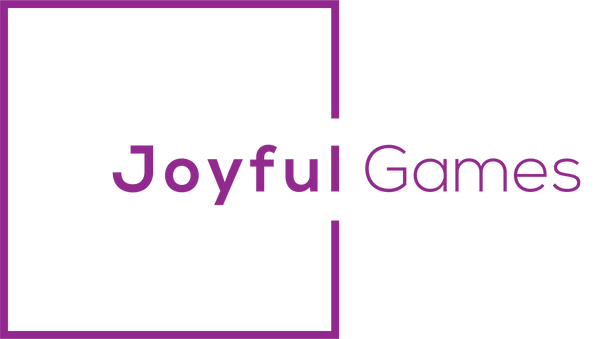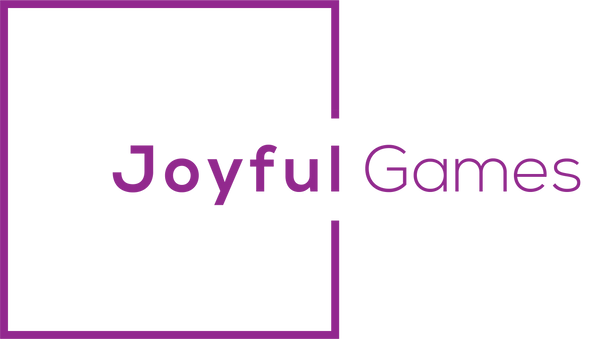Spheres of Life - Rules & FAQ
Find the overview, general rules and FAQ about the Spheres of Life: Mythical Forest.
For more detailed explanations, please, read the instruction booklet included in the game and available for download on this page.
Important - 1st Edition
1. DRUID HERO CARD.
Unfortunately, the Druid Hero card of the 1st Edition print contains a written mistake.
The correct ability is this: "Take another Player's cards, and look at them. You may take up to two cards. Then sort the rest as you wish and return them. The Player cannot change this order until the End of this Round."
2. RULES 1.5
We are introducing some quality of life improvements, therefore the rules 1.5 are rolling out.
If you have already played the game with the original rules, go to "Rules 1.5 - Key Updates", and quickly learn what is new. The best part - you don't need to buy or exchange anything to implement the updates!
If this is the first time playing the game, read the rules provided on this page or watch the tutorial video.
How to Play Spheres of Life
General Rules
What is the goal of “Spheres of Life”?
Spheres of Life is a competitive card game, so depending on the win condition you chose, your main goal of the game is to either get the most point in the end of the game; or to get to 0 points in the shortest possible time.
You reach this goal by collecting and discarding the cards that give and reduce your overall points, and by using handy Ability and Hero cards that grant you bonuses and reduce the chances for other Player to win.
This goal is achieved by playing through 3 Phases. Depending on the Phase you will either earn new cards, get rid of unnecessary cards, or even exchange and steal cards among other players.
Each Phase brings its own effects into play – during the Day Phase you are able to get new cards; during the Night you can lose or exchange unnecessary cards; and during the Dream Phase you must take Action, and use special Abilities.
How do you win?
The Standard win condition is the "Become the Strongest Hero" goal.
That means the Player with the most point at the end of game - wins.
For replayability purposes, we have also created alternative rules and win condition.
Read the next question for more info.
Preparation
1. Choosing your Hero
Before each Playthrough each Player chooses their Hero Card (marked yellow).
A Hero Card grants you a powerful Ability you can use once per game.
The Hero Cards can be used at any time of the Game.
2. Find the Phase Cards
Find the Three Phase Cards – Day, Night, and Dream (marked orange) – these cards will be passed around the Players and will mark the active Phase.
Each Phase has its own unique attributes and conditions.
3. Begin the Game
When the Hero Cards and Phase Cards are set, then shuffle the Main Deck, and deal 3 random cards to each Player.
Play a game of Rock-Scissor-Paper. The winner starts the game and begins the first Day Phase.
*If someone picked up the Windmaser Hero Card, they begins the first three Rounds – the first Day, Night, and Dream Phase.
4. Taking turns and beginning Rounds
Players take turns in a clockwise direction.
After each Phase – next Player in clockwise succession begins the new Phase.
During each Phase, the Players - also take turns in clockwise succession.
This can be changed buy using certain Ability Cards and in the instance, if someone picked the Windmaster hero card.
This Hero has an effect allowing the Player to begin the first three Rounds.
Specific Gameplay Questions
Can I use an Ability Card on myself?
It depends.
There are some Ability Cards that can be used exclusively on yourself, some - exclusively on another Player; and some will give you the option to choose.
1) Some Ability Cards will intrinsically describe the Ability as taking effect on you.
2) If the Ability Card says "Choose Another Player," you must use it on another player. So, you cannot use this ability on yourself.
3) If this Ability Card says "Choose a- or any Player," then yes, you can use this Ability Card on yourself.
Can I block an Ability that I used?
Yes, you can use block Ability (i.e., the Apple of Life) on Ability Cards that you played.
But you cannot Block your own Action.
Can I use two Ability Cards at the same time?
Except, the Block Ability (i.e., the Apple of Life), you cannot use Ability Cards or take Action while another Ability Card is played out or an Action takes place.
What happens in the case of a draw?
If there is a draw, the Player with less cards on Hand wins.
If they possess the same number of cards, Playthrough ends in a draw.
*You can play multiple rounds and add up points each time to see who will be the overall winner.
What happens, if there are not enough cards for Day Phase?
It is most likely that you will run out of cards during Night or Day phases.
Before staring Day Phase - If there are less cards in the Main Deck than there are Players, then you set all available cards on the Table, and the Players pick up cards in their respective order. As during the Day, Players must pick up cards, then this will be the last round of the game.
Example - Before the new Day, there are 3 cards in the Main Deck, but there are 4 Players playing the game.
In this case, you set all 3 cards on the Table. Then first 3 Players take their turns and pick up their cards. And the last Player does not get a card.
If all Players completed their turn and there are no cards left in the Main Deck, the game proceeds to the LAST Dream (read, "End of the Game")
What happens, if there are not enough cards for Night Phase?
Before starting Night Phase - if there are less cards then needed for Night Phase, then you set all remaining cards in the Main Deck on the Table.
Then, the Players take Turns and discard/ pick up their cards as they normally would in the Night Phase.
If after all Players completed their Turn and there are still cards on the Table, then move on to the next Phase.
In case a Player has their turn, but there are no cards remaining on the Table, then the Player can either discard their cards or skip their turn, but either way this Player cannot pick up any cards from the Table.
The night ends, when all Players had their turn and discarded their cards or skipped their turn.
If all Players completed their turn and there are no cards left in the Main Deck, the game proceeds to the LAST Dream (read, "End of the Game")
Blessed Cherry - why does the order matter?
The Blessed Cherry Ability Card allows to look at two cards from another Player's Hand, and then you can put them back in their order. So, why does the order matter?
Firstly, you can combine it with your Steal Action. In this case, you can steal a card that you know you will be getting.
Or you can combine it with other Abilities that allows you to pick a random card from another Player.
Can I add multiple decks to the game?
Yes, the game is designed in a way you can add multiple decks, and/or future expansions.
If I use multiple decks, are there some specifics I should know about?
Generally, speaking by adding multiple decks, you can increase the time required to play one game, and/or increase the potential number of players.
Otherwise, there are two main factors you should take into consideration:
- There can only be one player, who picks the Windmaster card, so if you combine two or more decks, the remaining Winmaste4r cards will be redundant.
- When counting points, the maximum set is still 3 cards. So, if you have 4 copies of the same animal card on hand, that means you will have 10 points (i.e., 9+1). If you have 5 cards, then it is 13 points (i.e., 9+4), and so on.
*As an example, if you have 5 Noble Rabbit cards on hand, they will give you 13 points in total.
Is there any way I can support this project other than buying the game?
Yes, there are several ways you can support us.
- You can write us a message with your feedback and suggestions you might have.
- You can buy our merch. As this project is brand new, there is not a wide variety of available items, but we are working hard to expand the selection.
- Or, if you simply wish to support the project, you can buy the cover art file here, which is almost as donation.
"I’ve just received the game and the cards are stunning ... The universe is unique and incredible. Don’t hesitate to have a try!"
/ Line Baudelet

